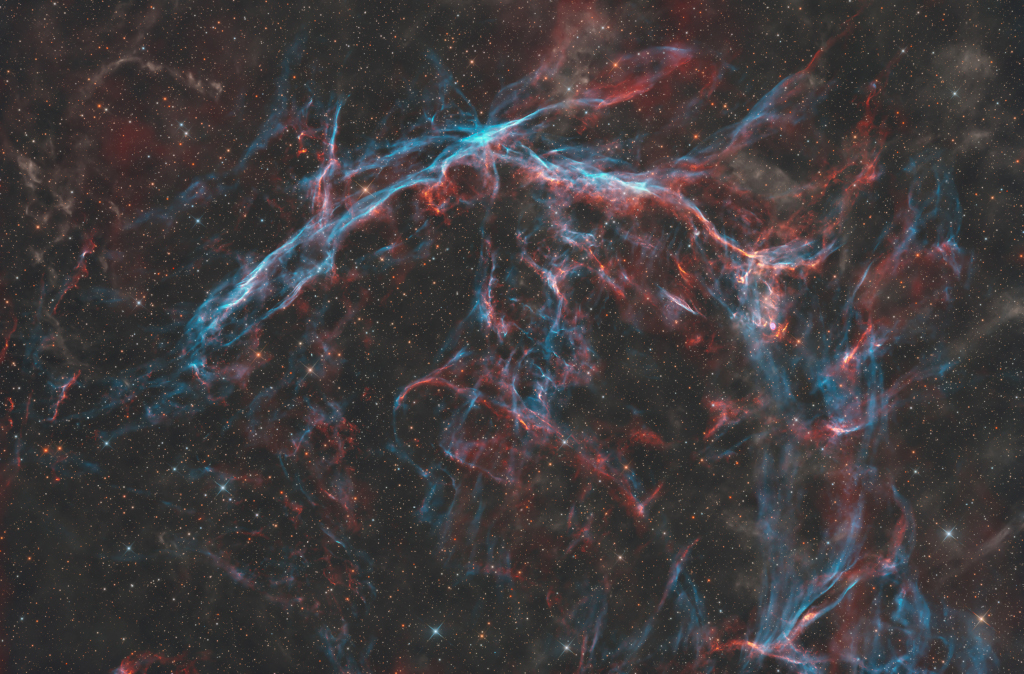Nombre total de pages vues
24/08/2024
SANTé/MEDECINE - William Harvey - à l'origine de la circulation sanguine
PHENOMENES METEOROLOGIQUES - Des vagues géantes en Angleterre
ASTRONOMY - South Pacific Shadowset
2024 August 24
Image Credit & Copyright: Jin Wang
Explanation: The full Moon and Earth's shadow set together in this island skyscape. The alluring scene was captured Tuesday morning, August 20, from Fiji, South Pacific Ocean, planet Earth. For early morning risers shadowset in the western sky is a daily apparition. Still, the grey-blue shadow is often overlooked in favor of a brighter eastern horizon. Extending through the dense atmosphere, Earth's setting shadow is bounded above by a pinkish glow or anti-twilight arch. Known as the Belt of Venus, the arch's lovely color is due to backscattering of reddened light from the opposite horizon's rising Sun. Of course, the setting Moon's light is reddened by the long sight-line through the atmosphere. But on that date the full Moon could be called a seasonal Blue Moon, the third full Moon in a season with four full Moons. And even though the full Moon is always impressive near the horizon, August's full Moon is considered by some the first of four consecutive full Supermoons in 2024.
23/08/2024
PHENOMENES METEOROLOGIQUES - Deux tempêtes se rencontrent
ASTRONOMY - Supernova Remnant CTA 1
2024 August 23
Image Credit & Copyright: Thomas Lelu
Explanation: There is a quiet pulsar at the heart of CTA 1. The supernova remnant was discovered as a source of emission at radio wavelengths by astronomers in 1960 and since identified as the result of the death explosion of a massive star. But no radio pulses were detected from the expected pulsar, the rotating neutron star remnant of the massive star's collapsed core. Seen about 10,000 years after the initial supernova explosion, the interstellar debris cloud is faint at optical wavelengths. CTA 1's visible wavelength emission from still expanding shock fronts is revealed in this deep telescopic image, a frame that spans about 2 degrees across a starfield in the northern constellation of Cepheus. While no pulsar has since been found at radio wavelengths, in 2008 the Fermi Gamma-ray Space Telescope detected pulsed emission from CTA 1, identifying the supernova remnant's rotating neutron star. The source has been recognized as the first in a growing class of pulsars that are quiet at radio wavelengths but pulse in high-energy gamma-rays.
22/08/2024
SANTé/MEDECINE - Adolf Eugen Fick - inventeur des lentilles de contact
ASTRONOMY - The Dark Tower in Scorpius
2024 August 22
Image Credit & Copyright: Mike Selby
Explanation: In silhouette against a crowded star field along the tail of the arachnological constellation Scorpius, this dusty cosmic cloud evokes for some the image of an ominous dark tower. In fact, monstrous clumps of dust and molecular gas collapsing to form stars may well lurk within the dark nebula, a structure that spans almost 40 light-years across this gorgeous telescopic portrait. A cometary globule, the swept-back cloud is shaped by intense ultraviolet radiation from the OB association of very hot stars in NGC 6231, off the upper right corner of the scene. That energetic ultraviolet light also powers the globule's bordering reddish glow of hydrogen gas. Hot stars embedded in the dust can be seen as bluish reflection nebulae. This dark tower and associated nebulae are about 5,000 light-years away.
INVENTIONS DE DEMAIN - L'ovaire artificiel redonne espoir
21/08/2024
BEAUX POISSONS EXOTIQUES - Le poisson ange royal
ASTRONOMY - Fermi's 12-year All-Sky Gamma-ray Map
2024 August 21
Image Credit: NASA, DOE, Fermi LAT Collaboration; Text: Barb Mattson (U. Maryland, NASA's GSFC)
Explanation: Forget X-ray vision — imagine what you could see with gamma-ray vision! The featured all-sky map shows what the universe looks like to NASA's Fermi Gamma-ray Space Telescope. Fermi sees light with energies about a billion times what the human eye can see, and the map combines 12 years of Fermi observations. The colors represent the brightness of the gamma-ray sources, with brighter sources appearing lighter in color. The prominent stripe across the middle is the central plane of our Milky Way galaxy. Most of the red and yellow dots scattered above and below the Milky Way’s plane are very distant galaxies, while most of those within the plane are nearby pulsars. The blue background that fills the image is the diffuse glow of gamma-rays from distant sources that are too dim to be detected individually. Some gamma-ray sources remain unidentified and topics of research — currently no one knows what they are.
ASTRONOMY - The Surface of Titan from Huygens
2025 November 30 The Surface of Titan from Huygens Image Credit: ESA , NASA , JPL , U. Arizona , Huygens Lander Explanation: If you c...

-
2022 September 26 All the Water on Planet Earth Illustration Credit: Jack Cook, Adam Nieman, Woods Hole Oceanographic Institution ; Data ...
-
2025 May 11 The Surface of Venus from Venera 14 Image Credit: Soviet Planetary Exploration Program , Venera 14 ; Processing & Copyri...









